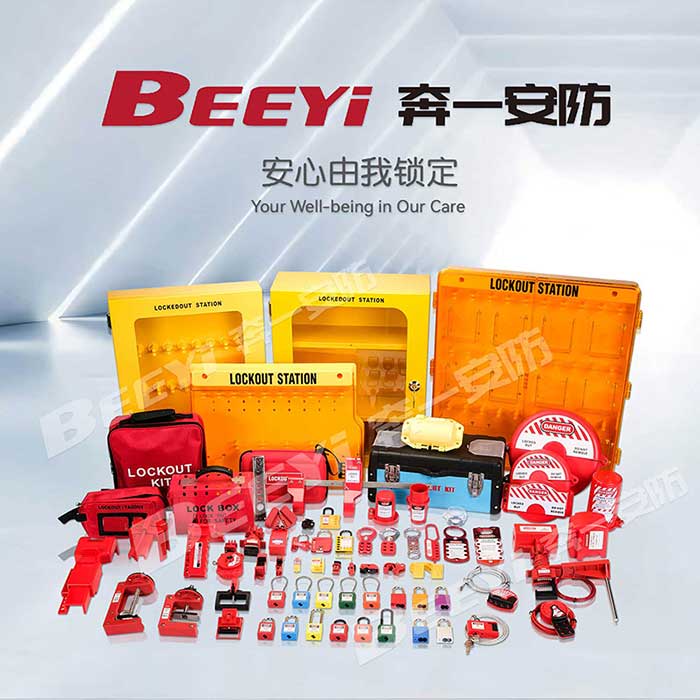In industries where pneumatic energy is used to operate machinery, the risk of accidental equipment start-up during maintenance or repair remains a significant safety concern. To mitigate these risks, pneumatic lockouts play a crucial role in ensuring that workers are protected from hazardous energy sources. As the demand for workplace safety continues to rise, many companies specialize in manufacturing high-quality pneumatic lockout devices that adhere to stringent safety standards. These manufacturers offer essential solutions to prevent accidental machine operations and comply with lockout/tagout (LOTO) regulations, safeguarding workers’ lives and preventing costly accidents.

The Importance of Pneumatic Lockouts Pneumatic systems are widely used across industries such as manufacturing, construction, and automotive. These systems rely on compressed air to drive machinery and perform various tasks. However, when servicing or maintaining these systems, workers may be exposed to the danger of pressurized air causing sudden movements of equipment, leading to potential injuries. To address this issue, pneumatic lockouts are designed to safely isolate pneumatic energy sources, preventing the inadvertent release of compressed air. By locking out valves, pressure gauges, and other pneumatic components, these devices ensure that the equipment cannot be accidentally re-energized while maintenance work is underway. The correct use of pneumatic lockouts is integral to any comprehensive lockout/tagout program, and it is mandated by safety regulations such as OSHA (Occupational Safety and Health Administration) standards.